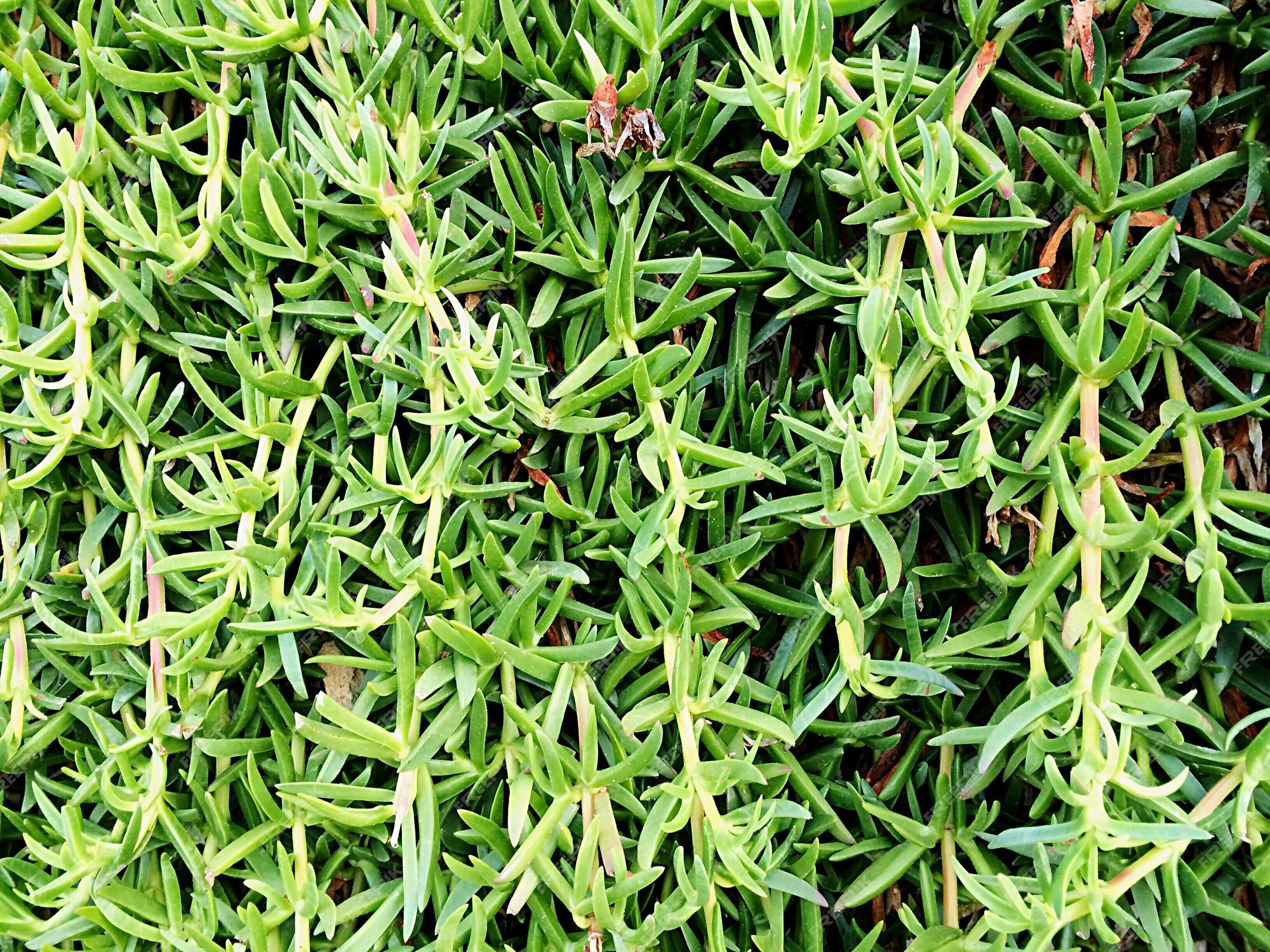
Tarragon
Artemisia dracunculus
Basic Information
🌿 Family: Asteraceae🗺️ Zone: 4-8
Other Names:
- Estragon
🌡️ Ideal Temperature : 60°F – 70°F
🔥 Heat Tolerance: Up to 85°F
❄️ Cold Tolerance: Down to -30°F
🌱 Type: Perennial
Layers
- Shrub
Functions
- Edible
- Medicinal
- Pollinator
Pests
No pests associated with this plant.
Description
Tarragon is a bushy, aromatic perennial herb reaching heights of 60–120 cm. It has narrow, slightly hairy, lanceolate leaves that are green and pointed. The plant produces small yellow-green flower buds in panicles from May to June. Tarragon is prized for its distinctive anise-like flavor and is commonly used in French cuisine to enhance dishes like chicken, fish, and eggs. French tarragon (Artemisia dracunculus var. sativa) is the preferred culinary variety, known for its superior flavor but is typically sterile and does not produce viable seeds.
🌞💧 Sun and Water Requirements:
Prefers full sun to partial shade and thrives in well-drained soil. It is drought-tolerant once established but benefits from regular watering during prolonged dry periods.
✂️🫘 Methods to Propagate:
French tarragon is propagated through root division or stem cuttings, as it rarely produces viable seeds. Divide plants in spring or take cuttings in late spring to early summer.
🧑🌾👩🌾 When to Harvest:
Harvest leaves as needed during the growing season, ideally before the plant flowers for the best flavor. Regular harvesting encourages bushier growth.
Purpose
- **Edible**: Enhances flavor in various dishes, especially in French cuisine.
- **Medicinal**: Traditionally used to stimulate appetite and alleviate digestive issues.
- **Pollinator**: Its flowers attract beneficial insects, supporting garden biodiversity.